As I take my plane towards Los Angeles where I stop over in, I turn over one of the most beautiful leaf of my round-the-world trip which will have lasted almost 2 months from Fiji to Vanuatu and Hawaii. An entirely blue leaf smudged with a cluster of intoxicating ink stains like all these islands, archipelagos and atolls of the Pacific Ocean. But, unlike the blackish medallions which splashed over my leaf, these bits of lands have their history, their people, their traditions often blending exhilaration and laid-back atmosphere. Before leaving for my long trip, all these islands seemed unreachable and hard to pinpoint on a map, my view evolved and I filled up my pouch of memories for a whole life. From now on, I change scenery as I land in the tumultuous city of Cancun where I meet again Armelle after eleven weeks of separation.
During the 70's, property developers and government were seeking a place on the Caribbean coast to create the counterpart of Acapulco (seaside town on the Pacific). They set their heart on a long strip of white sand, they built roads and infrastructures, buried pipes to bring drinkable water and established Cancun. Today, despite the regular cyclones causing terrible damages, the touristic success is considerable and widely goes beyond the of-that-time property developers' forecasts. The disfigured coastline by the hideous concrete-made parallelepipeds doesn't take away the main thing in any way : a plaster-like sand watered by a turquoise-blue water.






Since we arrived, the Mexicans are really nice and very far from the caricature of the nasty Latino who haunts the Hollywood movies. However, despite the hospitality of the people, a seaside resort remains a seaside resort. That's fortunately possible to escape these horrible palaces by taking a shuttle which drops us off on the soothing isla mujeres, half an hour from mainland. On the spot, the ambiance is relaxed and to be in fashion, we must drive a golf cart. No risk to exceed the speed limit but we drive at a pleasing pace to discover all the corners of the island. At the south point, dinosaur-like iguanas warm themselves up on the sun-kissed stones. Down below, this turquoise, which printed into our retinas, invites to swim. Not the last bath for sure into an about 28°C water.











Keyword - first steps -
Tuesday 11 November 2008
Into the turquoise blue waters of the Caribbean Sea
By dorian on Tuesday 11 November 2008, 13:39 - RTW2-Mexico
Saturday 20 September 2008
In the Sydney harbour
By dorian on Saturday 20 September 2008, 12:50 - RTW2-Australia

Bye Bye welcoming and intoxicating Asia, I set foot in Australia for a short 2-night stop in the city of Sydney. I put down my bag at the youth hostel and go for a stroll to Darling Harbour which brings together restaurants, bars et tourist attractions such as the Sydney aquarium or the maritime museum. But my look and my steps flee northwards. I'm in a hurry to walk alongside the bank to contemplate two Sydney-symbolizing monuments. On my left, I look up and the metallic frame of the Harbour Brigde overlooks me with all its loftiness. I turn the head on the right and the blowing-up-by-the-wind sail- or shell-shaped domes of the Opera House marvelously marks the end of the bank. I sit down on the steps of the music-dedicated building and chill out, observing the boats that move up and down and distribute their flood of passengers all over the town.
I take my ticket for the other shore. From this side, the view is different. The Opera House harmoniously finishes the disjointed skyline drawn by the skyscrapers of the city. In this hushed-atmosphere district, in the north of Sydney, large residences stretch over. A taste of tranquility, five minutes from the heart of the city. As incredible as it can be, I step on a desert beach in the middle of Sydney. I worm my way in the alleyways of the detached houses towards the Harbour Bridge. The dusk is brewing, the first artificial lights switch on up to cover the town with a sparkling halo. The panorama is still more attractive, the geometric lines fade away into the night to only stand out these luminous impressions. That's lovely a city by night.

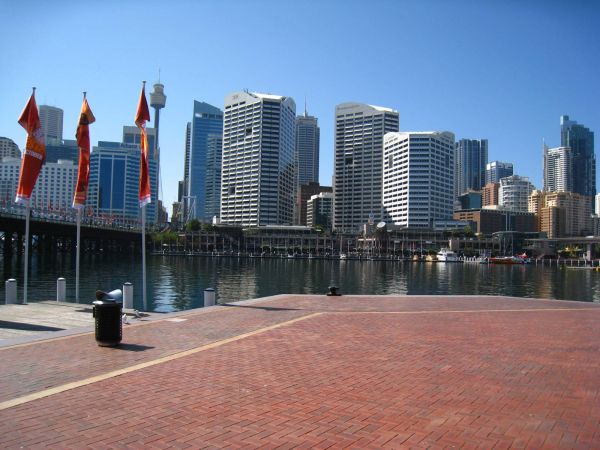
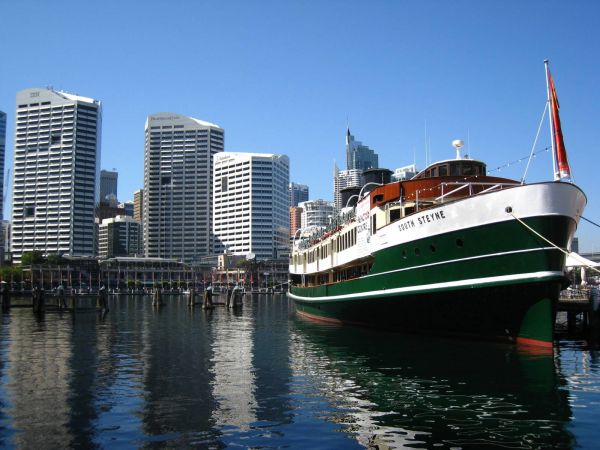

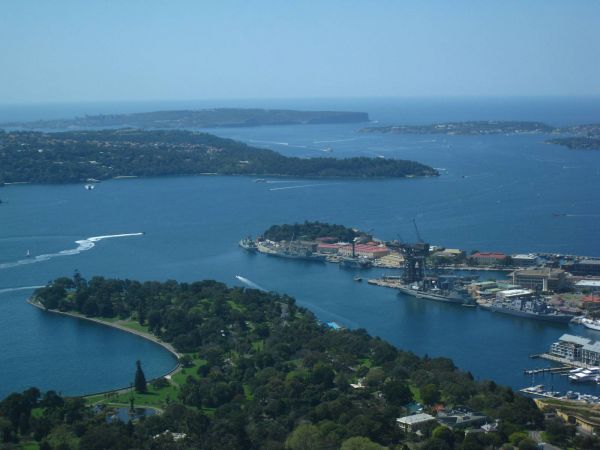
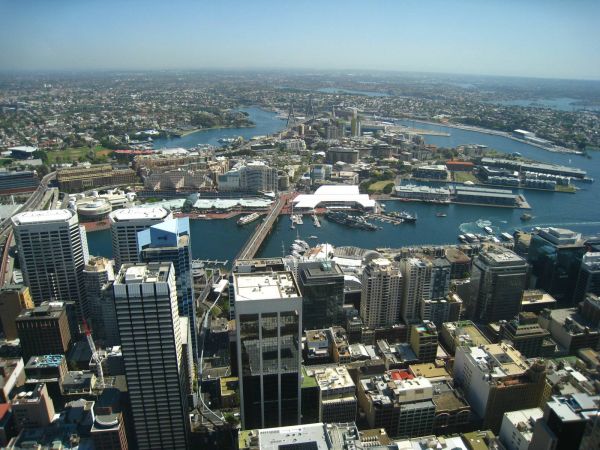
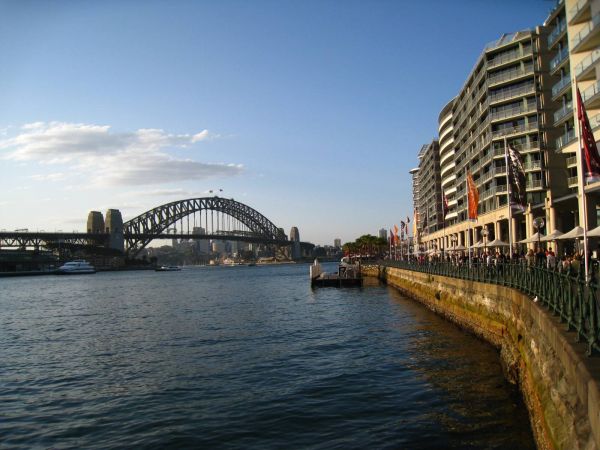
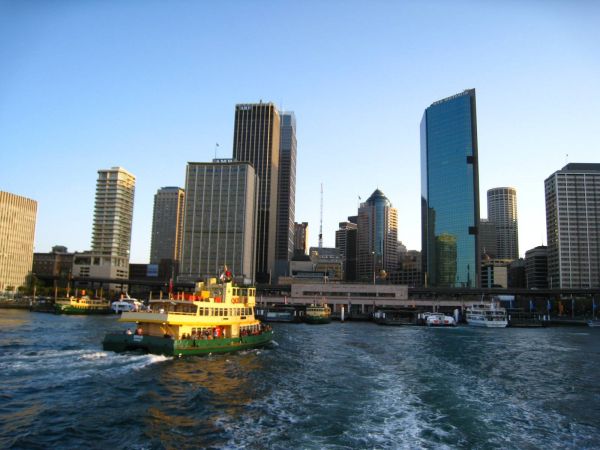
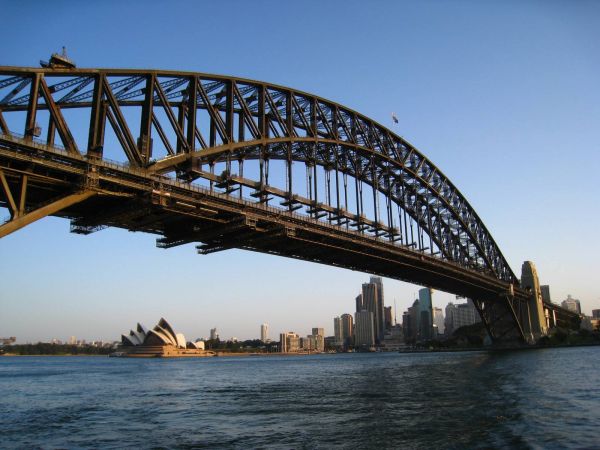

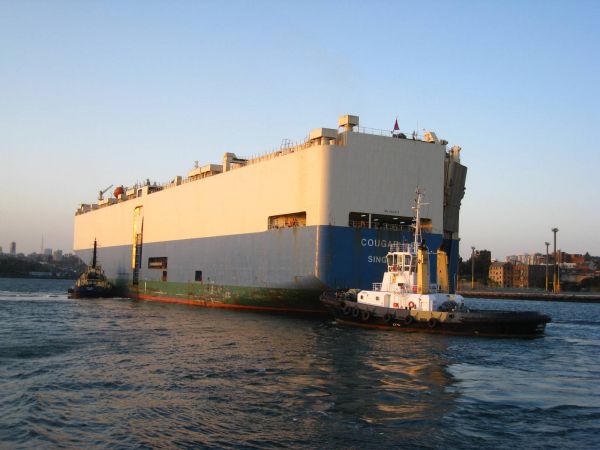
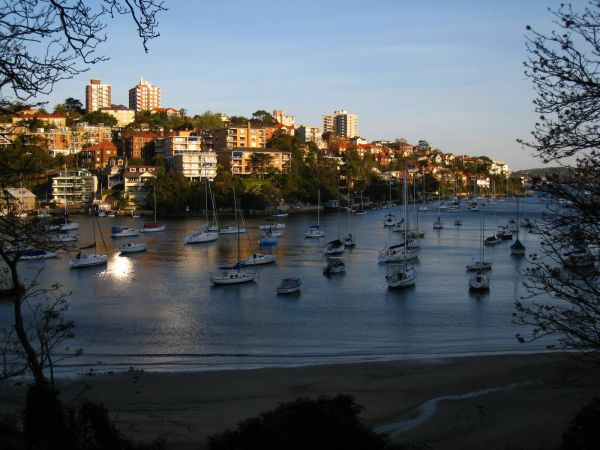

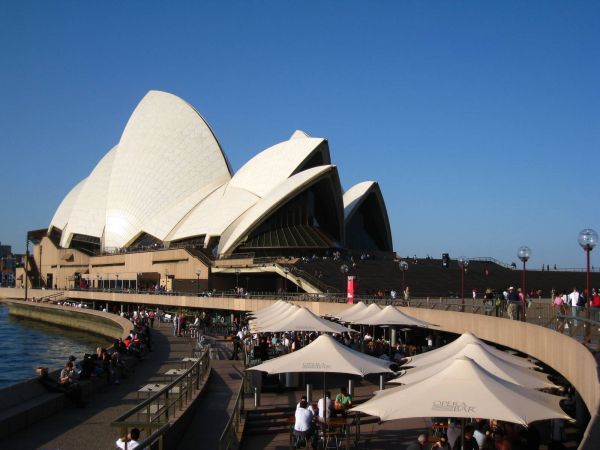

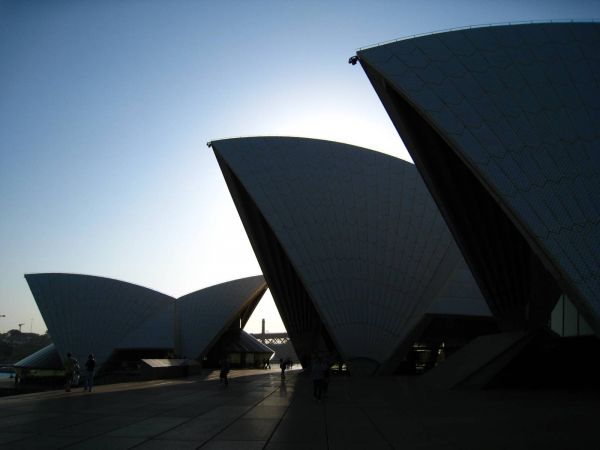
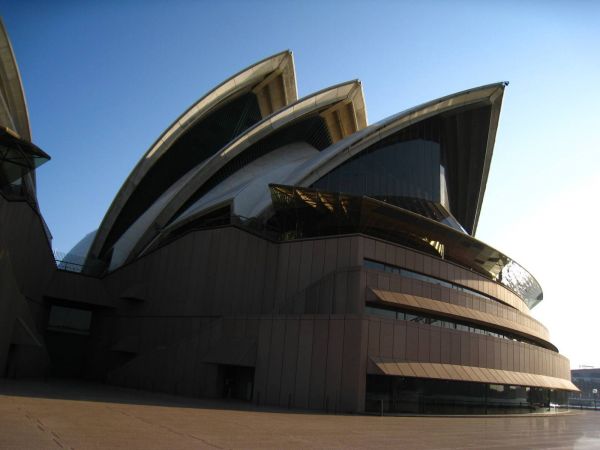
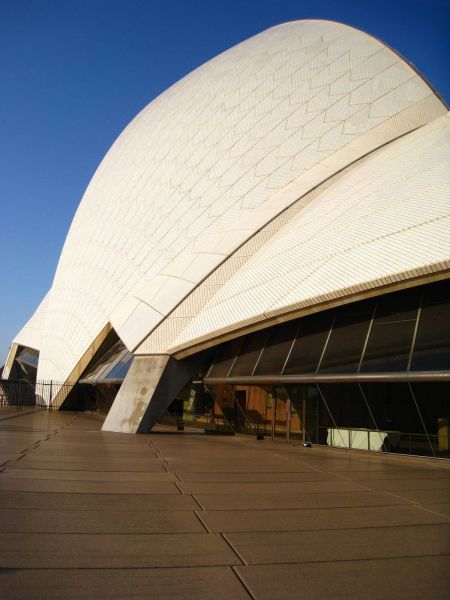
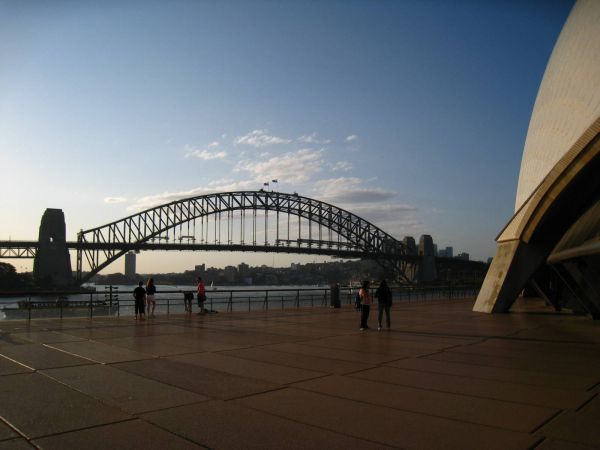
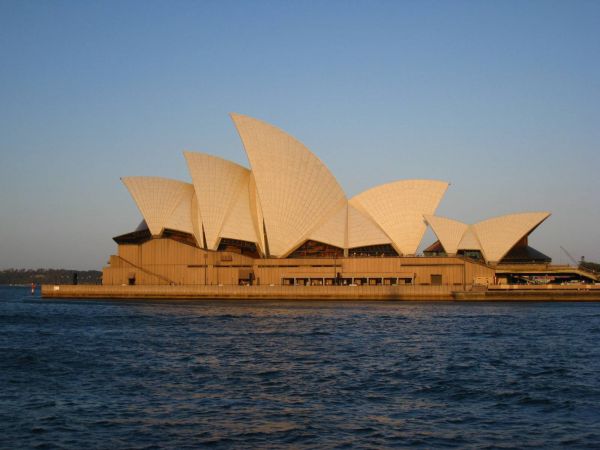
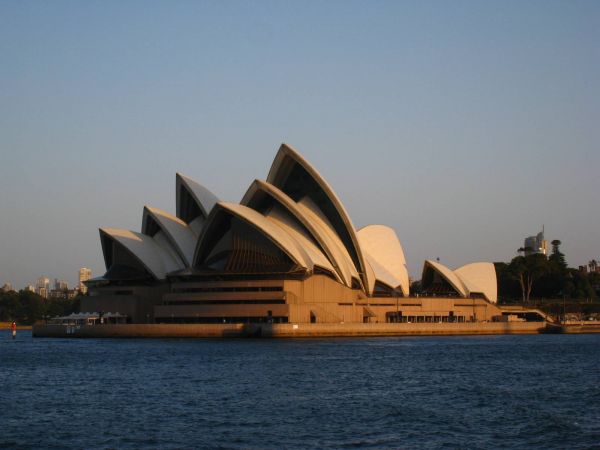

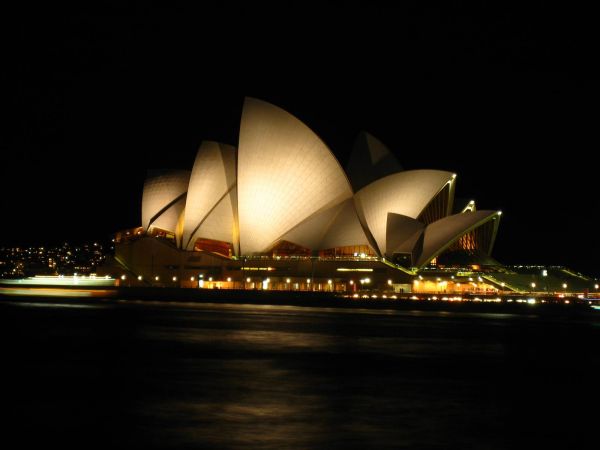
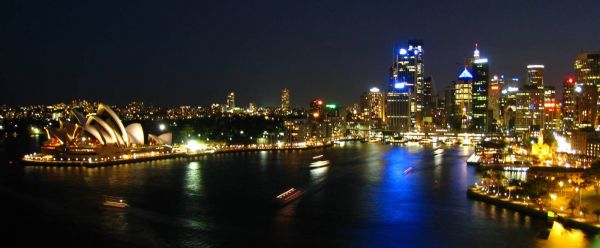
I couldn't leave Sydney without seeing some specimens of the weird and endemic animals which populate the Australian ground and waters. I get to the vivarium where a number of animals are unfortunately shut in. Even if it remains the easiest way to familiarize oneself with those living beings. Koala, platypus, kangaroo, wombat, collared iguana, everything is there. Without forgetting that Australia shelters the most dangerous spider and snake in the world.
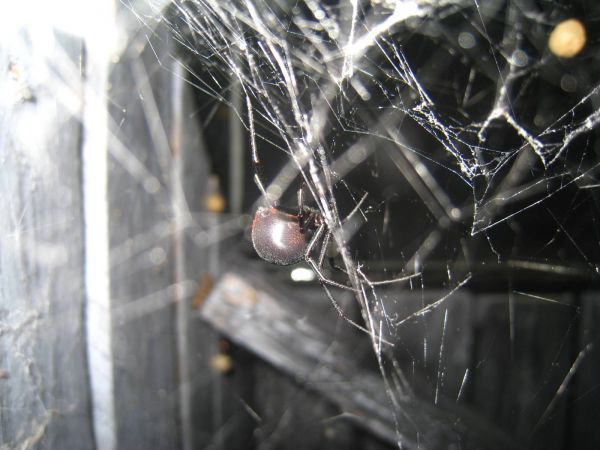
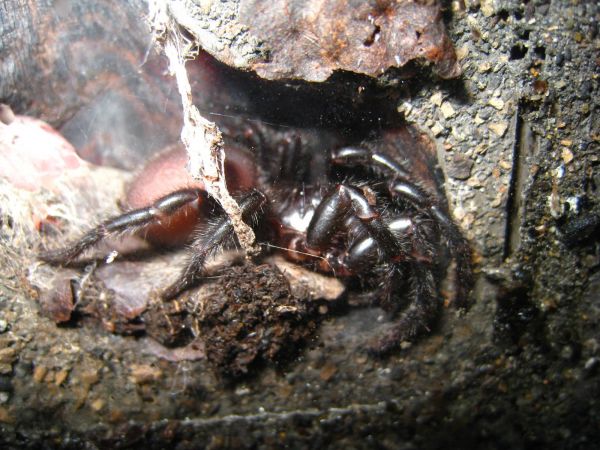
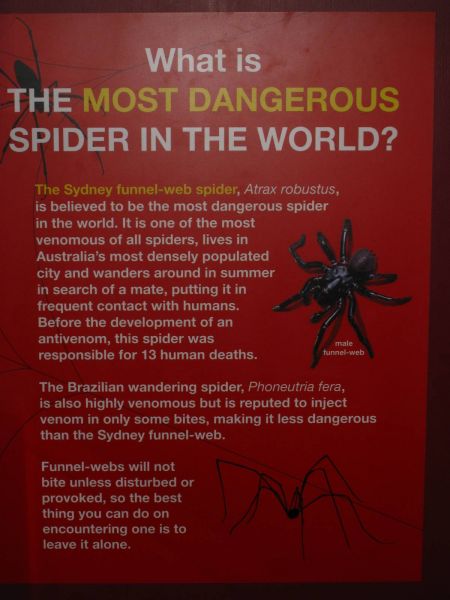



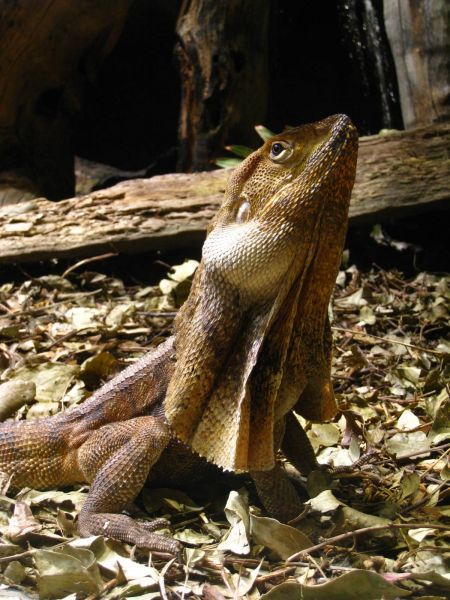

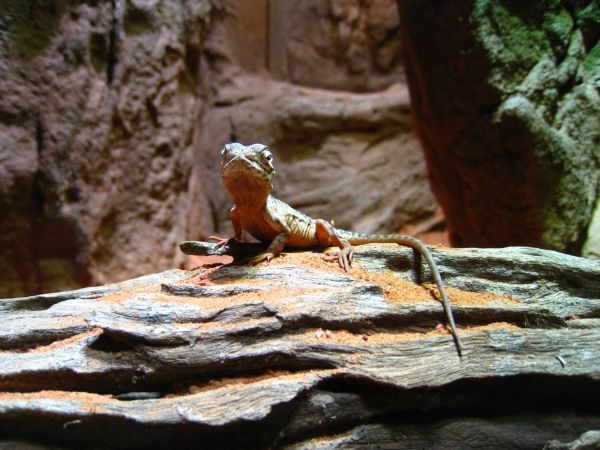
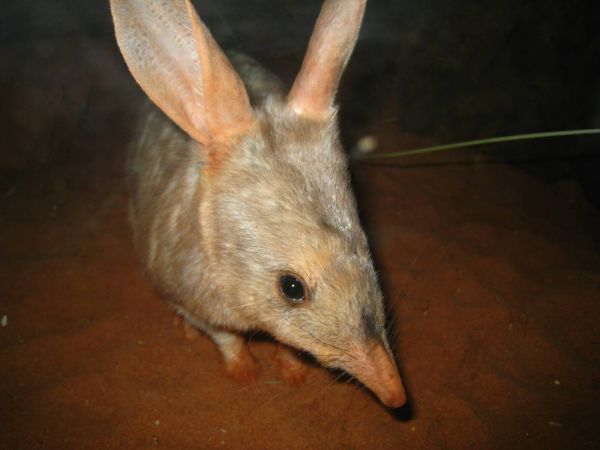
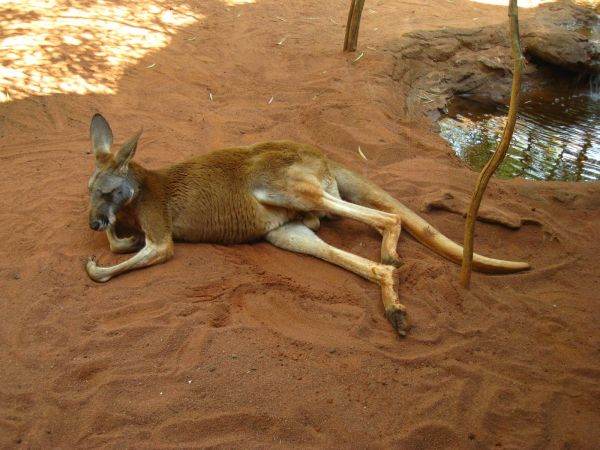
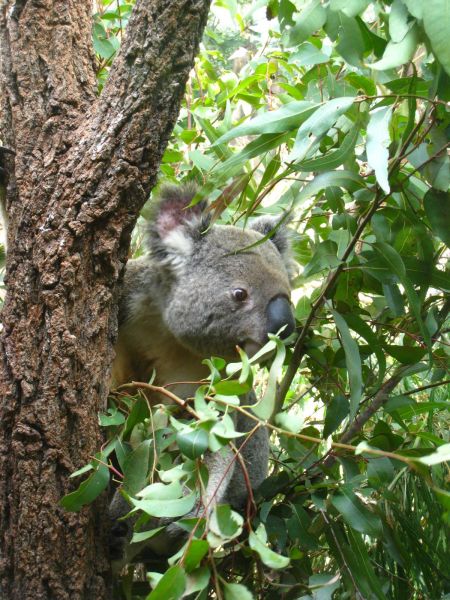

Friday 5 September 2008
the multi-ethnic city of Kuala Lumpur
By dorian on Friday 5 September 2008, 09:32 - RTW2-Malaysia
I land on the malaysian capital without really knowing what can happen here. I'm going to discover a city made of contrasts, between traditions and modernity, between men dressed in three-piece suit rushing in the streets and deep Muslim dominance which gives rhythm to the majority of the people. My stroll starts in the Petaling street, backbone of the Chinatown district where the counterfeited tee-shirts meet the fake perfumes and the handbag copies. Smoke-filled food-packed stands, where we come and eat at anytime, fill in the gaps of the street. A few steps away, I cross the pavement and immerse myself in another culture walking through the little India district, a colourful market where we can buy every kind of flowers or saris. It's not unusual to hear speaking in Chinese, Hindi or English into these bustling streets because the Malaysian society is a melting pot of different waves of immigrations which little by little integrate with the local people. These horizontal-expanding districts stand out against the neo-skyscrapers which popped out of the ground here and there and where long national flags proudly hang on the walls. Breathtaking verticality, synonymous of a fast-thriving country. A lot of people talk about Malaysia 2020, a project started at the beginning of the 70s which plans to deeply change the country within 50 years. The objective is that Malaysia becomes a developed country by the year 2020. But this project, which is an economic and social expansion before all, doesn't develop to the detriment of its roots, religious in particular. Numerous mosques dot throughout the city. And the fervour at the prayer time is really astounding.













One of highlights of my visit is located at the foot of the Petronas towers of the eponymous oil-company. The symbol of a city and of the whole country. A lot of elements in its building and architecture are linked to Islam, with a pentagonal structure at some places in reference to the 5 pillars of the religion. This monument reaches 452m, a staggering height which kept the title of highest skyscraper in the world for several years before being dethroned by the Taipei tower 101 in Taiwan. It however keeps the world title of highest double structure. A concrete- and iron-made colossal giant which arrays itself in phosphorescent shades when the night comes.






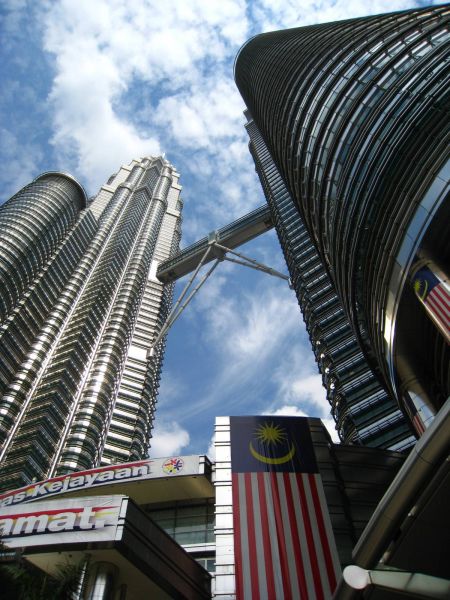













Half an hour from the capital, I finish my visit of Kuala Lumpur and its surroundings by climbing the 273 steps open onto the Batu caves. A huge cavity that shelters a Hindu temple and attract tourists as well as faithful people.







« previous entries - page 1 of 5







 visits
visits